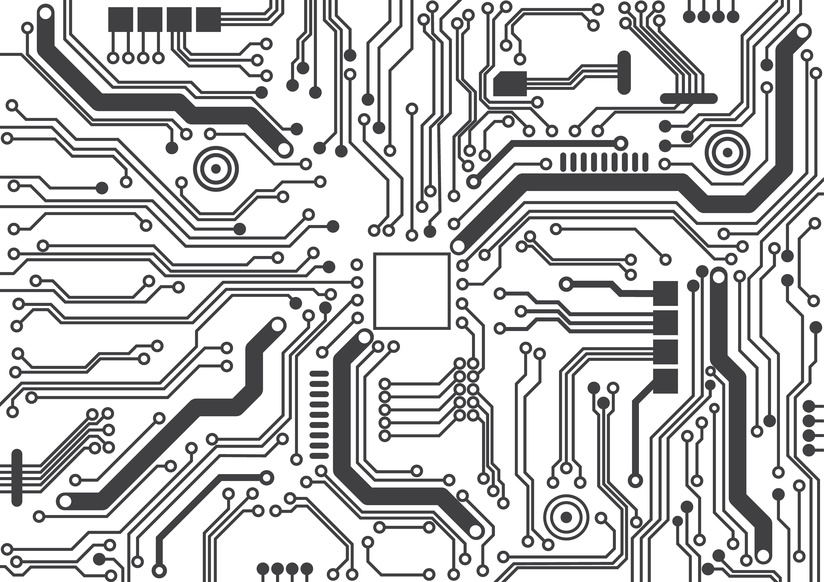
When your company is in the business of printed circuit board prototypes, it quickly becomes apparent that a stable manufacturing process is crucial. There are many steps involved with prototype PCB fabrication. The most critical aspect is perhaps a rigorous auditing process. Control at every step and adherence to Quality Controls will minimize mistakes in the manufacturing process.
There are five clear steps in manufacturing printed circuit board prototypes.
- 1. Input of data relating to fabrication.
2. Verification of data and plan to carry out.
3. Compensation for any predicated issues arising during manufacturing process.
4. Panelization, when a group of prototype PCBs are formed on a larger board, or panel.
5. Output of Digital Tools.
A printed circuit board prototype is made of copper layers. A single sided board is one copper layer; a double sided is two layers; and a multilayer board is with the inner and outer layers made of copper. Boards are designed to fit specifically sized spaces and for certain purposes. When designing a board, the creator uses a special computer program to create the layout on the printed circuit board prototype, as precision is a must. The spaces between circuits on a board are only 1 millimeter or even smaller. The designer is counting on the manufacturer to assemble the printed circuit board prototype exactly as specified.
To have positive control over the process, and ensure long term product quality and reliability, there are a few points to pay attention to. Number one is the selection of a supplier. The manufacturer’s qualifications, years in the business, and compliance with audits will give a clear picture of their standards. Secondly, how the manufacturer handles on-site audits can be a good indication of their fabrication flow.
Once a supplier has been chosen, it is a good idea to check in with the engineer. They will need to verify the customer data, check the Quality Assurance codes for the specific board to be created, double check the specifications, and consider any special or unusual features.
Because each PCB is created for a specific use, and must fit in a very cramped space, its very creation needs to be carefully controlled at each step of the way. It is not enough to be skilled. The supplier needs to also be meticulous and adhere rigidly to standards.
